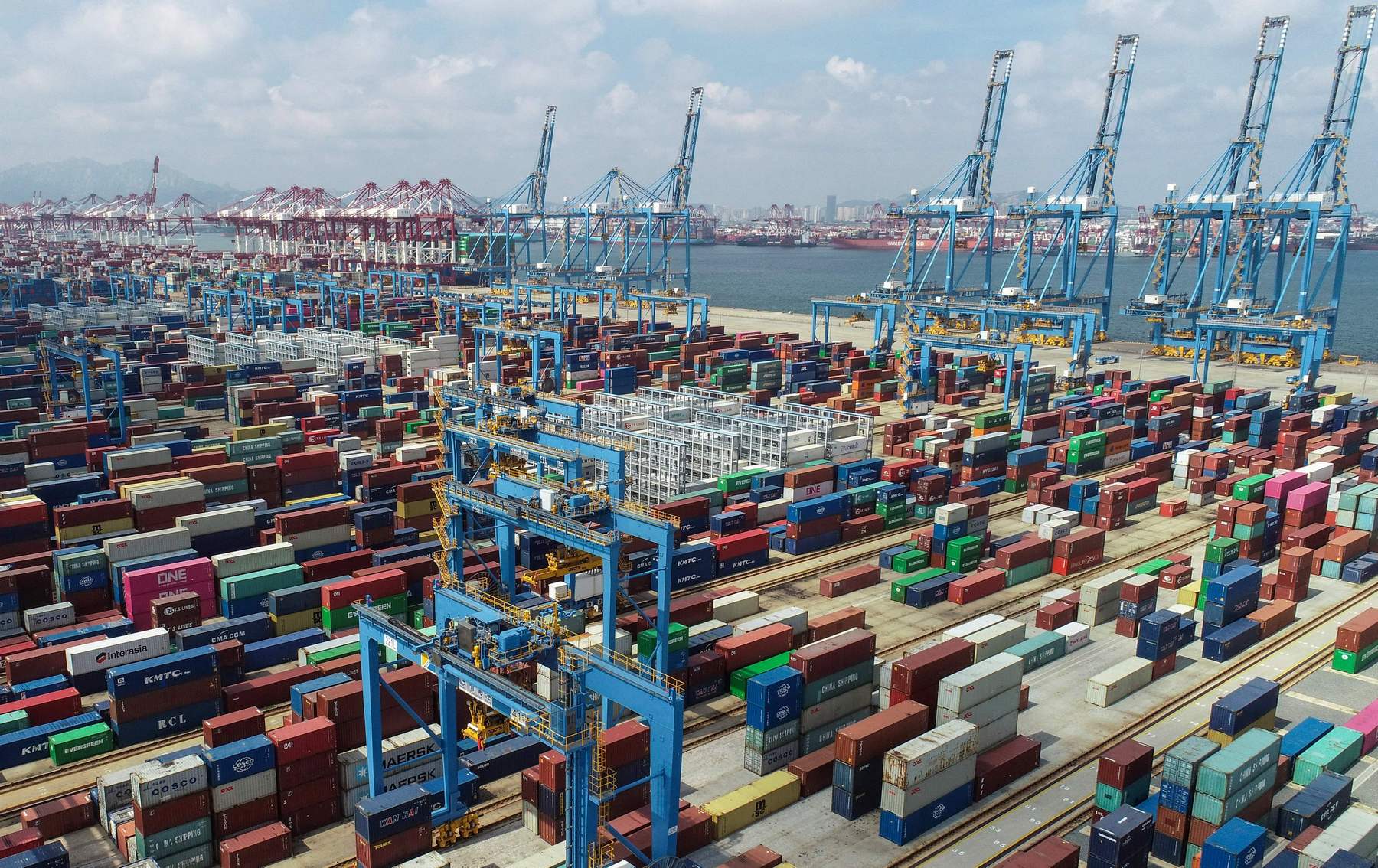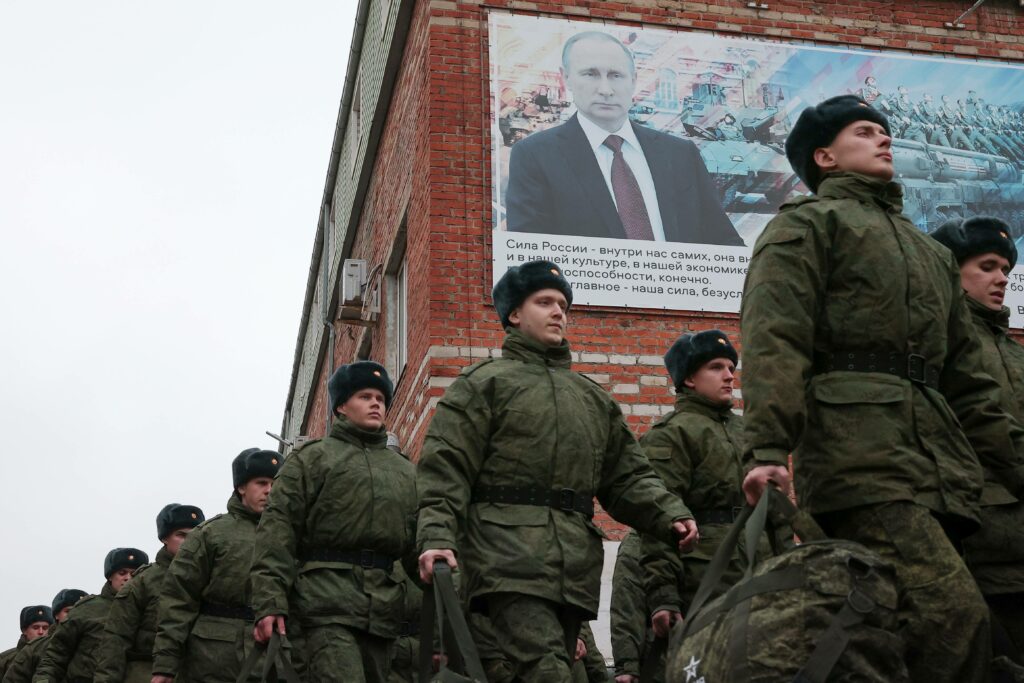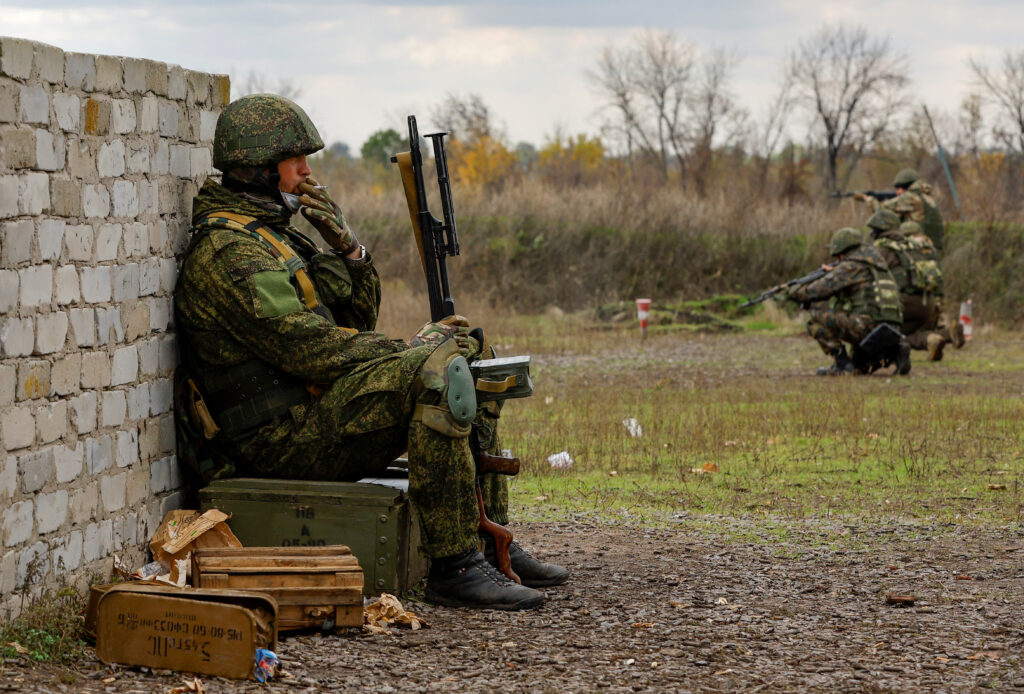So far, Russia has managed to outperform most developed economies and emerging markets during the COVID-19 pandemic. A Bloomberg survey showed respondents expected a 4.8% contraction for 2020, beating government expectations from the start of the pandemic. This “over-performance” has largely been a result of the over-concentration of economic power in the hands of the country’s largest firms. Small businesses only account for about 20% of Russian GDP, compared to the 60% or more seen in many western, developed economies. Overall, large exporting firms dependent on external demand have the biggest impact on the economy. Russia beat expectations largely because of a strong Chinese demand for commodities as other major markets were slammed by shutdowns and economic losses from the virus.
Base Materialism
No other economy comes close to China’s influence over commodity prices. Commodities exports remain the driver of Russia’s balance of payments and growth. Estimates put China’s share of global demand for key commodities – think oil, coal, copper, iron ore, soybeans, LNG, and grain – at 30%. Besides China’s industries consuming more commodities than anyone else, scores of Chinese lenders also use commodities as collateral, which strengthens price increases whenever lending in the Chinese economy rises. Initial spending plans were more austere than many expected, clocking in at $506 billion to increase demand. Increasing borrowing through bond issuances and state-backed credit has been the preferred means of stimulus. The People’s Bank of China has avoided overheating the economy with loose monetary policy, but still set a large target of nearly 20 trillion yuan – a little over $2.9 trillion – in new lending. This has kept businesses and some spending afloat; its also propped up commodity prices while recovery has stalled in Europe and the United States.
Despite the global downturn and oil price crash, Sino-Russian trade for January-August had only declined 3.2% in dollar terms year-on-year to $68.62 billion. Last year, non-resource and non-energy exports from Russia to China came to about $14.5 billion compared to overall trade turnover of $110.75 billion, worth more than Russia’s trade surplus with China of about $11 billion. Oil is normally used as a proxy for changes in trade turnover in dollar terms when the price shifts because of the smaller volumes of non-energy exports and fact that Gazprom’s contracts with China are indexed to oil prices. Export volumes are higher this year than last, both from Moscow’s decision to break with the OPEC+ cuts in March which encouraged China to stockpile oil as prices crashed and also higher Chinese purchases of Ural blend from the Baltic because the OPEC+ cuts in place since April have taken a disproportionate amount of medium, sour barrels off the market. Russia earned about $2 billion a month exporting crude to China between January-August based on average prices. Gas exports didn’t do much to help as Chinese natural gas demand dropped earlier this year, and the lag on the oil-indexation for the contracts – likely around 6-8 months – means that any surge in imports through November would be exploiting the time-period when oil prices bottomed out below $30 a barrel in March-April. Increased volumes of oil (or gas) aren’t offsetting enough of the price loss from last year to explain the situation.
The Kalashnikov Economy
Oil is, in some respects, a commodity that has proven uniquely susceptible to demand impacts from the virus since it relies on transport demand. Since January-March, average iron ore prices per dry metric ton have risen over 33% from $90.80 to $121.10 and pig iron, a potential substitute for iron ore, has similarly risen since it trades at a discount relative to iron ore. Copper prices have risen 15.4% from $5,634/ton to $6,499/ton, gold prices are up 24.4% to $1,939/toz, and nickel is up 14.6% to $14,538/ton. Tin, zinc, and aluminum have all shown smaller increases over the same time. The collective rise in base metals, minerals, and precious metals prices has helped offset declines for other commodities like coal; Russia’s metallurgical sector has shrugged off losses from COVID thanks to Chinese demand. Even slight declines in export volumes for key metals would still net higher relative profits, and China’s base metals import demand has grown. Furthermore, the ruble’s weakening against the dollar and Euro since March has increased relative earnings for dollar or Euro-denominated exports. Costs in rubles have been deflated in many instances by the contraction in domestic demand.
The growth of non-resource exports has also continued and agricultural exports – a relatively “COVID proof” sector – now account for 6.6% of all exports to China, the second largest sector by share. Still, Russia’s grain exporters have struggled to access the Chinese market. China bans certain crops grown in non-eastern areas in Russia. Yet overall, Russia’s gotten lucky by freeriding on China’s stimulus plans. These have targeted supply side measures like funds to backstop industrial loans and infrastructure investment, support the country’s exporters, and inflate demand for heavy industry. China has buoyed commodity prices and kept the Russian economy afloat. As a result, Finance Minister Anton Siluanov now expects to return to “soft” budget consolidation in 2021. The aim here is to maintain the pre-crisis budget rule for deficit spending, a polite codeword for austerity given the Kremlin’s preference to systemically underinvest compared to its available reserves and debt capacity. Overshooting GDP expectations has helped weaken the rationale for reforms and changes to macroeconomic policy, empowering budget hawks typified and frequently led by Siluanov.
Really-Existing State Capitalism and its Structural Discontents
Unfortunately for Russia, the short-term effects of China’s approach to stimulus raise structural problems for the future of global growth. This then naturally spills over into the longer-run outlook for external commodities demand. Here, Moscow successfully gambled back in May by only offering limited fiscal support for domestic demand. Monetary policy has been limited to easing the key rate to a record low of 4.25% by late July, though the Central Bank still worries about inflation risks. The kick Chinese industries have given Russian firms, however, won’t be enough for growth over the next few years. After all, China’s domestic demand is struggling, even if its exports aren’t. China’s exports may have steadily risen, but its imports are stagnant. Its government recorded a massive trade surplus of $58.93 billion, an export increase of 9.5% year-on-year against an import decline of 2.1% year-on-year. The focus on getting loans and bonds to finance firms’ activity in China has created a lopsided recovery.
The US largely soaked up the surge in China’s trade surplus thanks to the nearly $3 trillion worth of stimulus in the form of income support distributed to consumers. Americans went out and bought things, much of which was at least partially imported from China. But the stimulus has run out with little evidence another bill is possible until after the election. European stimulus plans have thus far failed to stimulate demand, focusing on saving jobs. 12 of 19 Eurozone economies, including Germany, experienced deflation in August for the first time in 4 years. Further stimulus for demand is sorely needed in both the US and Europe. Without, the global economy will struggle to absorb China’s rising export volumes, eventually driving down prices for goods, weakening recovery for manufacturing outside of China, dragging down commodity prices, and threatening deflationary pressure in other large economies. That would inevitably feedback to Russian firms, especially if China’s consumers don’t start buying more or Europe fails to avoid further deflation.
The bill for Russia’s freeride on China’s policies will likely be paid out of future growth, as the lack of global coordination for supply and demand stimulus eats into recovery elsewhere. Stoking domestic demand in Russia is vital if the Kremlin wants to beat expectations from COVID, or even return to growth above the global average in the coming years. Doing so is crucial to improve standards of living and avoid slipping further behind, since Russia’s growth model under Putin exhausted itself in 2013. COVID-19 has been rewriting economic orthodoxy across the globe, but Russia’s Austrian School economists have yet to get the message. For now, Russia’s economic growth lives at the whim of foreign powers determining their stimulus plans. So much for economic sovereignty.








